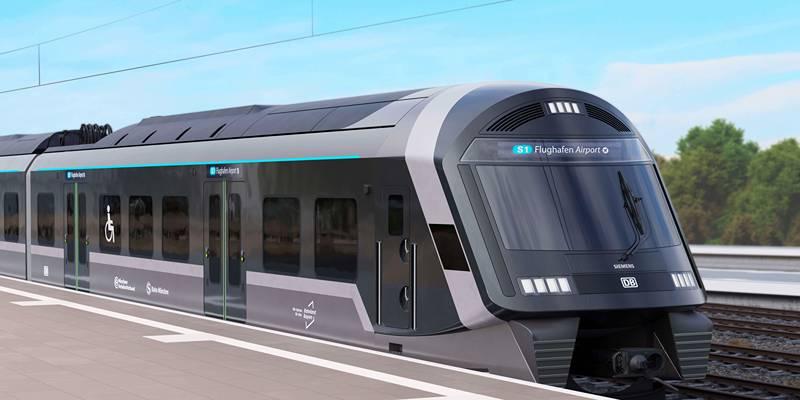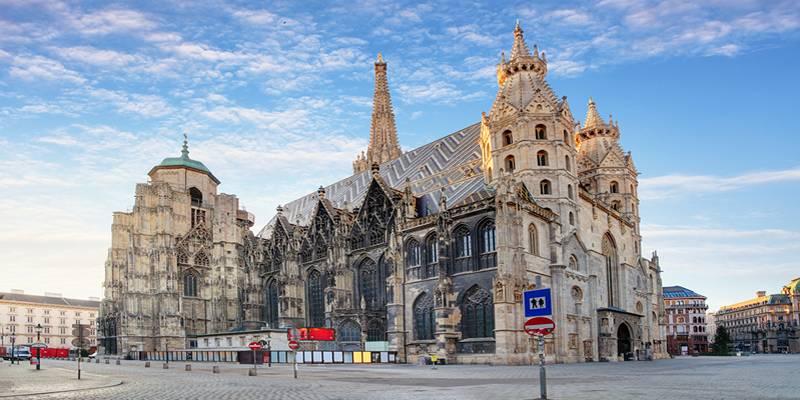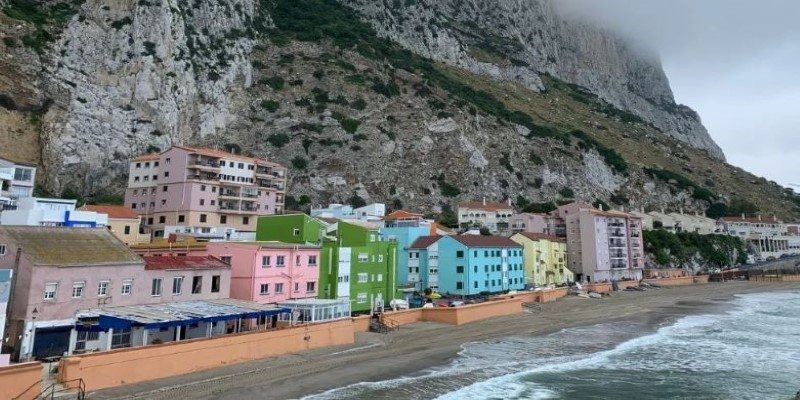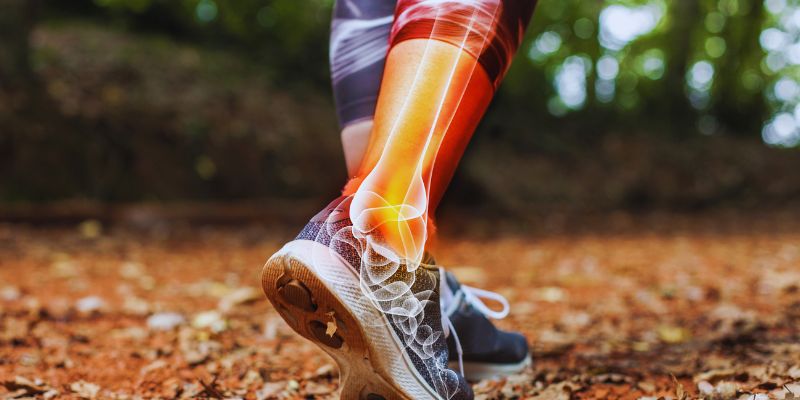Vienna Transport Guide: Best Ways to Travel and Explore the City
Vienna, the capital of Austria, is known for its beautiful architecture, rich culture, and efficient transportation system. Whether you are visiting for a short stay or an extended trip, knowing how to travel around Vienna will make your experience much smoother and more enjoyable.
The city offers various transport options, including public transport, cycling, walking, and taxis, making it easy to explore every corner of this stunning destination. This guide will provide detailed information on how to navigate Vienna effortlessly so you can maximize your time visiting its many Vienna attractions while enjoying the best the city has to offer.
Walking in Vienna: The Best Way to Explore the City Center
Vienna is a very walkable city, and walking is often the best way to experience its historic charm and beautiful streets.
Best Areas for Walking in Vienna
- Innere Stadt (City Center): This is the heart of Vienna, home to major landmarks like St. Stephen’s Cathedral, the Hofburg Palace, and the Vienna State Opera.
- Ringstrasse Boulevard: This circular boulevard is lined with impressive buildings, museums, and monuments.
- Kärntner Straße & Graben: These pedestrian-friendly streets are perfect for shopping and sightseeing.
If you enjoy slow travel, walking in Vienna is the best way to immerse yourself in the city’s culture.
Public Transport in Vienna
Vienna has one of the best public transport systems in Europe, offering a well-organized, clean, and punctual service that makes moving around the city convenient.
Types of Public Transport

Wiener Linien operates the public transport system in Vienna and includes:
- U-Bahn (Subway): The fastest way to travel in Vienna. The subway has five lines (U1, U2, U3, U4, U6) that cover most areas of the city.
- Trams: A scenic and comfortable way to explore the city. Trams are widely used, especially in the central districts.
- Buses: Used for shorter distances, buses connect areas that are not accessible by trams or the subway.
- S-Bahn (Suburban Trains): These connect Vienna with nearby towns and are useful for day trips.
How to Buy Tickets
- Tickets can be purchased at U-Bahn stations, kiosks, ticket machines, and online.
- A single ticket costs around €2.40 and is valid for any form of public transport.
- Day passes and multi-day tickets offer great value for tourists.
- The Vienna City Card provides unlimited transport access plus discounts on major attractions.
Public Transport Timings
- The U-Bahn operates from 5 AM to midnight, with 24-hour service on weekends.
- Trams and buses run throughout the day, and night buses operate after midnight.
Cycling in Vienna: An Eco-Friendly Option
Vienna has a well-developed cycling infrastructure, with over 1,600 km of bike lanes. Many locals prefer using bicycles for daily commutes, and tourists can also rent bikes to explore the city.
How to Rent a Bike
- Citybike Vienna: A public bike rental service with over 120 stations. The first hour is free, making it an affordable option.
- Private bike rentals: Many companies offer rental services for long-term use.
Best Cycling Routes
- Donauinsel (Danube Island): A scenic route with riverside paths and nature views.
- Ringstrasse: A bike-friendly boulevard with beautiful historical landmarks.
- Prater Park: A huge green park perfect for relaxing rides.
Cycling is a convenient way to get around while enjoying Vienna’s green spaces.
Taxis and Rideshares in Vienna
For direct and private transport, taxis and rideshare services are available.
Taxis in Vienna
- Official taxis have a yellow sign on top and can be found at taxi stands or booked via phone.
- Fares start at €3.80, with additional costs per kilometre.
- Tipping is not mandatory, but it is common to round up the fare.
Rideshare Services
- Rideshare apps provide an alternative to taxis.
- Prices vary depending on demand and distance.
Taxis and rideshares are more expensive than public transport but are convenient for late-night travel.
Traveling by Car: Do You Need One?
Driving in Vienna is not recommended for tourists due to traffic restrictions, high parking fees, and limited availability of spaces.
When is Renting a Car Useful?
- If you plan day trips outside Vienna.
- If you are traveling with a large group and need flexibility.
Parking in Vienna
- Street parking is limited and often requires a parking permit.
- Park & Ride facilities are available on the city outskirts for a low fee.
If you stay within Vienna, it’s better to use public transport than drive.
How to Reach Popular Attractions in Vienna
Schönbrunn Palace
- Take the U4 subway to Schönbrunn station.
- Walk 10 minutes to the palace entrance.
St. Stephen’s Cathedral

- Located in the city centre and reachable by U1 or U3 subway (Stephansplatz station).
The Prater & Giant Ferris Wheel
- Take the U1 or U2 subway to Praterstern station.
Belvedere Palace
- Accessible via tram D from the city centre.
Practical Tips for Traveling in Vienna
- Buy a transport pass if you plan to use public transport frequently.
- Use Google Maps for navigation, as it provides accurate public transport schedules.
- Carry some cash, as smaller shops and transport kiosks may not accept credit cards.
- Avoid rush hours (7–9 AM and 4–6 PM) if you want a less crowded commute.
Conclusion
Vienna is a well-connected city with multiple transportation options, making it easy for visitors to explore. Whether you choose public transport, walking in Vienna, or cycling, getting around is simple and convenient. The U-Bahn, trams, and buses provide affordable and efficient travel while walking allow you to experience the city's charm up close. For eco-friendly travelers, cycling is a great option with dedicated bike lanes. By following this guide, you can enjoy a smooth and hassle-free journey in Austria’s beautiful capital.












